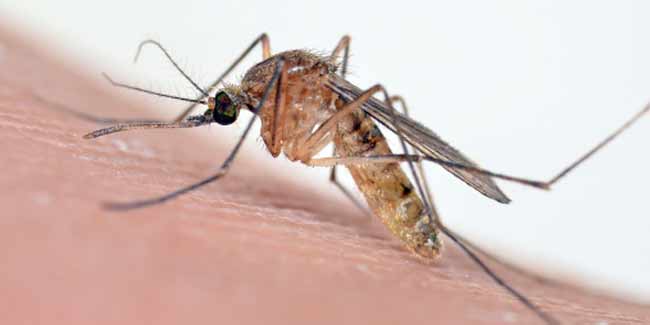
What is Filariasis?
Filariasis is a disease caused by the parasite transmitted by blood-feeding arthropods, mainly black flies and mosquitoes.
Filariasis does not threaten your life but it can lead to a permanent damage to the lymphatic system. This infection shows up no symptoms in the initial stages thus, making people unaware of the disorder.
Table of Content:-

Cause of Filariasis
There are eight different thread-like nematodes that lead to filariasis. These include:
- Lymphatic filariasis
- Subcutaneous filariasis
- Serious cavity filariasis
When a healthy person is bitten by an infected mosquito, the larvae called microfilariae move in the lymphatics and lymph nodes. They then start developing into adult worms and may stay for many years.
Symptoms of Filariasis
In the initial stages of filariasis, there can be no symptoms seen. This happens because the problems start after the adult worms die. Thickening of the skin and underlying tissues is the most common symptom of elephantiasis. Parts like arms, vulva, breasts and scrotum can be affected by the infection.

Diagnosis of Filariasis
The most commonly used way to diagnose filariasis includes the following:
- Direct demonstration of microfilariae in blood or skin specimens. The sample for blood is usually collected at night because microfilariae have nocturnal periodicity
- Detection of antibodies by immunodiagnostic tests
- Detection circulating filarial antigen
Image courtesy: Getty Images
Read more on Understand Filariasis.
Read Next
What are the symptoms of Kala Azar?
How we keep this article up to date:
We work with experts and keep a close eye on the latest in health and wellness. Whenever there is a new research or helpful information, we update our articles with accurate and useful advice.
Current Version